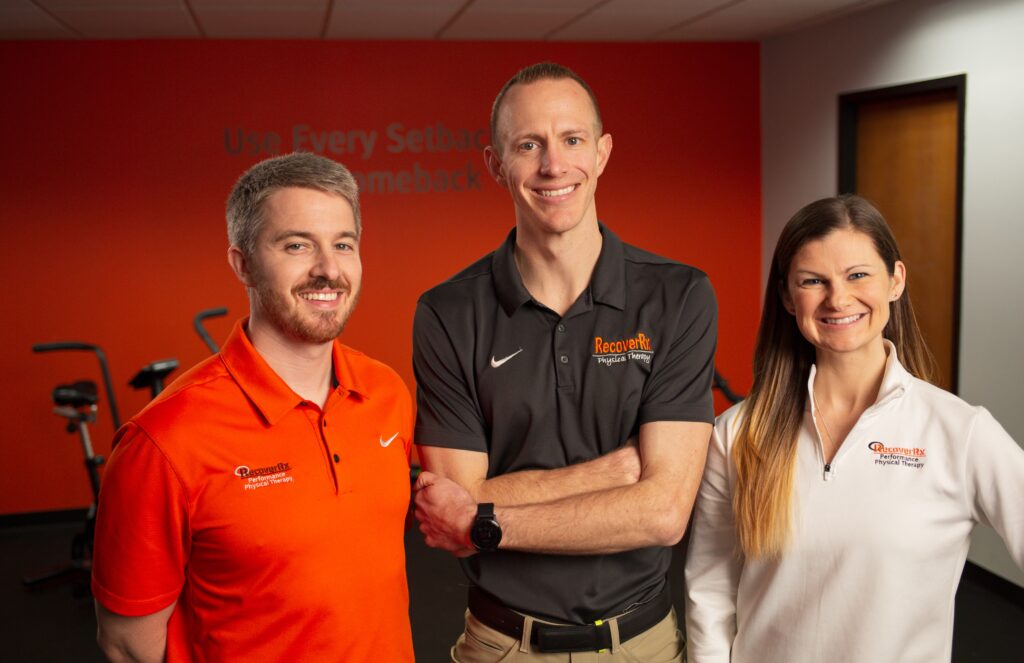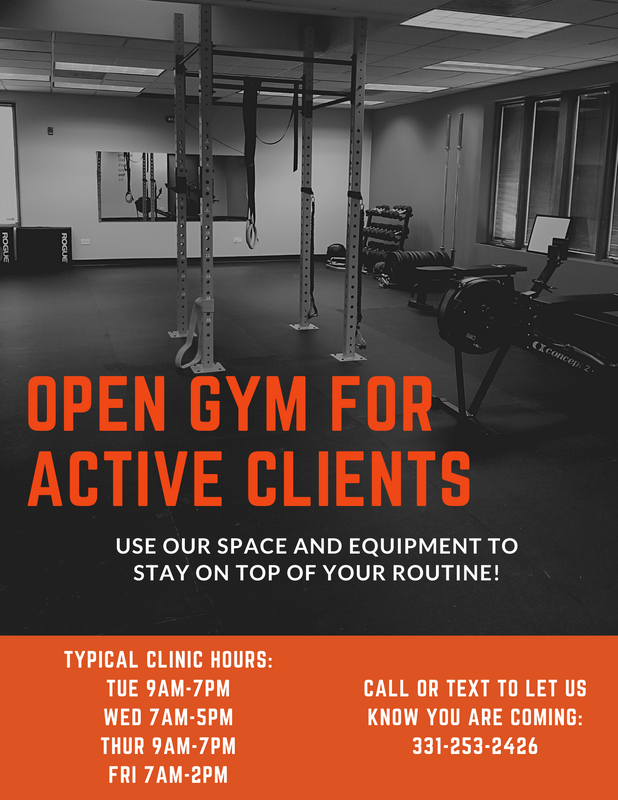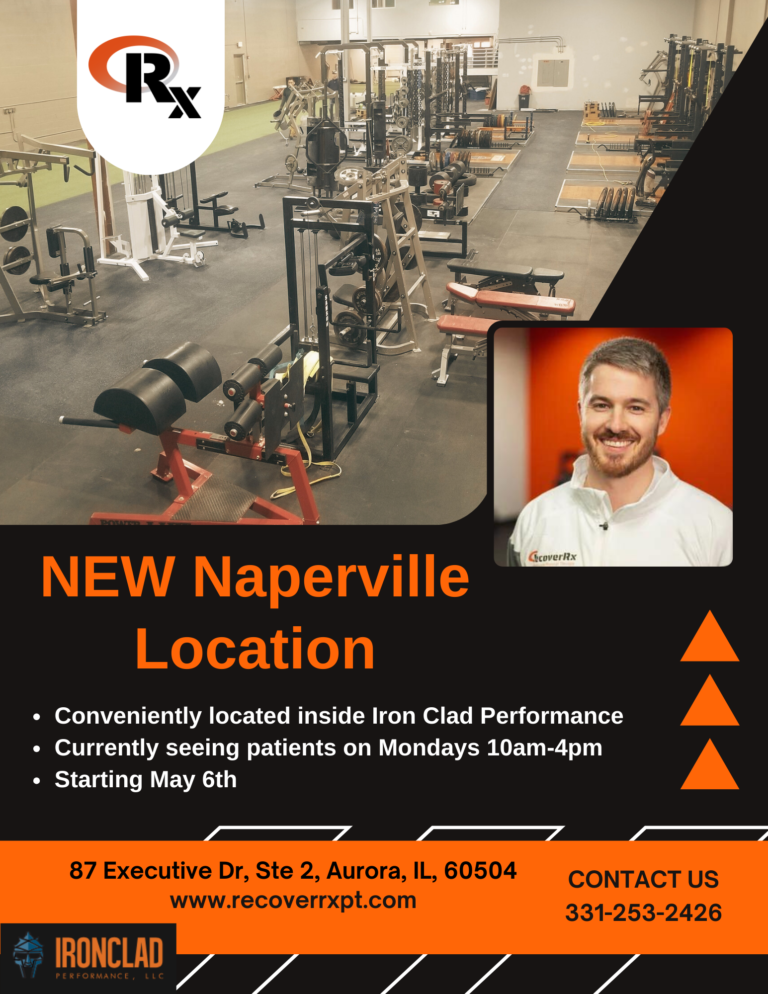
Introduction:
We’ve written about the shoulder many times on our site but rarely have given the basic information regarding rotator cuff pain. Of course this is not the only type of pain experienced in the shoulder but is the most common. The shoulder is one of the most mobile and complex joints in the human body and can often be a place that experiences degenerative changes which can lead to pain. The main group of muscles and tendons that keeps the shoulder so mobile and strong is the rotator cuff ( Here is another Article on the Rotator Cuff Anatomy if you want to learn more). Unfortunately, this flexibility also makes it susceptible to various issues, including rotator cuff pain. In this blog post, we will delve into the symptoms of rotator cuff pain, helping you recognize the warning signs and seek timely treatment.
Symptoms of Rotator Cuff Pain:

- Dull Ache or Deep Discomfort:
- One of the hallmark signs of rotator cuff pain is a persistent, dull ache in the shoulder. This discomfort often feels deep within the joint and can be aggravated by specific movements or activities.
- Pain with Arm Movements:
- Rotator cuff pain typically worsens when you move your arm, especially when lifting it overhead or reaching behind your back. Activities like reaching for items on high shelves or combing your hair can trigger discomfort in addition to weightlifting in the gym. The pain is present as the muscle is firing to stabilize the shoulder.
- Weakness in the Shoulder:
- A weakened feeling in the affected shoulder is common. You may notice that your arm feels less stable or that you struggle with tasks that require strength, such as lifting objects or performing overhead exercises. This is many times a protective mechanism of the brain to prevent further injury, but can also be a sign of a possible more problematic tear.
- Limited Range of Motion:
- Rotator cuff pain often leads to a reduced range of motion in the shoulder joint. You may find it challenging to raise your arm fully or rotate it outward, which can significantly impact daily activities. This again is mainly a protective mechanism of the brain to prevent further injury.
- Pain at Night:
- Many individuals with rotator cuff pain experience increased discomfort at night, particularly when lying on the affected shoulder. This can lead to disrupted sleep patterns. Pain is really controlled by the nervous system which loves movement, blood flow, and space. At night all these things are decreased and the nerves are calling out for movement and blood.
- Crackling or Popping Sensation:
- Some people report hearing or feeling a crackling or popping sensation in the shoulder when they move it. This can be a sign of inflammation or friction within the joint as well as poor mechanical control of the shoulder.
- Radiating Pain:
- In some cases, rotator cuff pain may radiate down the arm, causing discomfort in the upper arm or even into the forearm. Other times it can radiate up towards the neck or to the back of the shoulder blade. This can mimic other conditions like nerve compression.
- Difficulty with Everyday Tasks:
- Rotator cuff pain can interfere with routine activities like combing your hair, getting dressed, reaching for objects on a table or in the fridge, as well as more functional tasks such as working out.. Everyday tasks may become challenging due to the pain and limited mobility.
Seeking Professional Help:

If you experience any of these symptoms, it’s crucial to consult a healthcare professional, such as a sports physical therapist or an orthopedic specialist. They can provide a thorough evaluation, diagnose the underlying cause of your shoulder pain, and recommend an appropriate treatment plan. It’s imperative to take care of this proactively as dysfunction can increase leading to more serious injuries down the road.
Conclusion:
Rotator cuff pain can be a debilitating condition that affects your daily life and limits your shoulder’s functionality. It can be scary when you have pain that is limiting from doing the things you love. Recognizing the symptoms early and seeking prompt medical attention is essential to address the issue effectively. With the right diagnosis and tailored treatment, you can alleviate pain, restore shoulder function, and regain your quality of life. Don’t let rotator cuff pain hold you back—take action and start your journey towards a pain-free shoulder today. If you need more information about treatments for rotator cuff and shoulder pain check out some of our other blogs. Shoulder Pain Blogs




